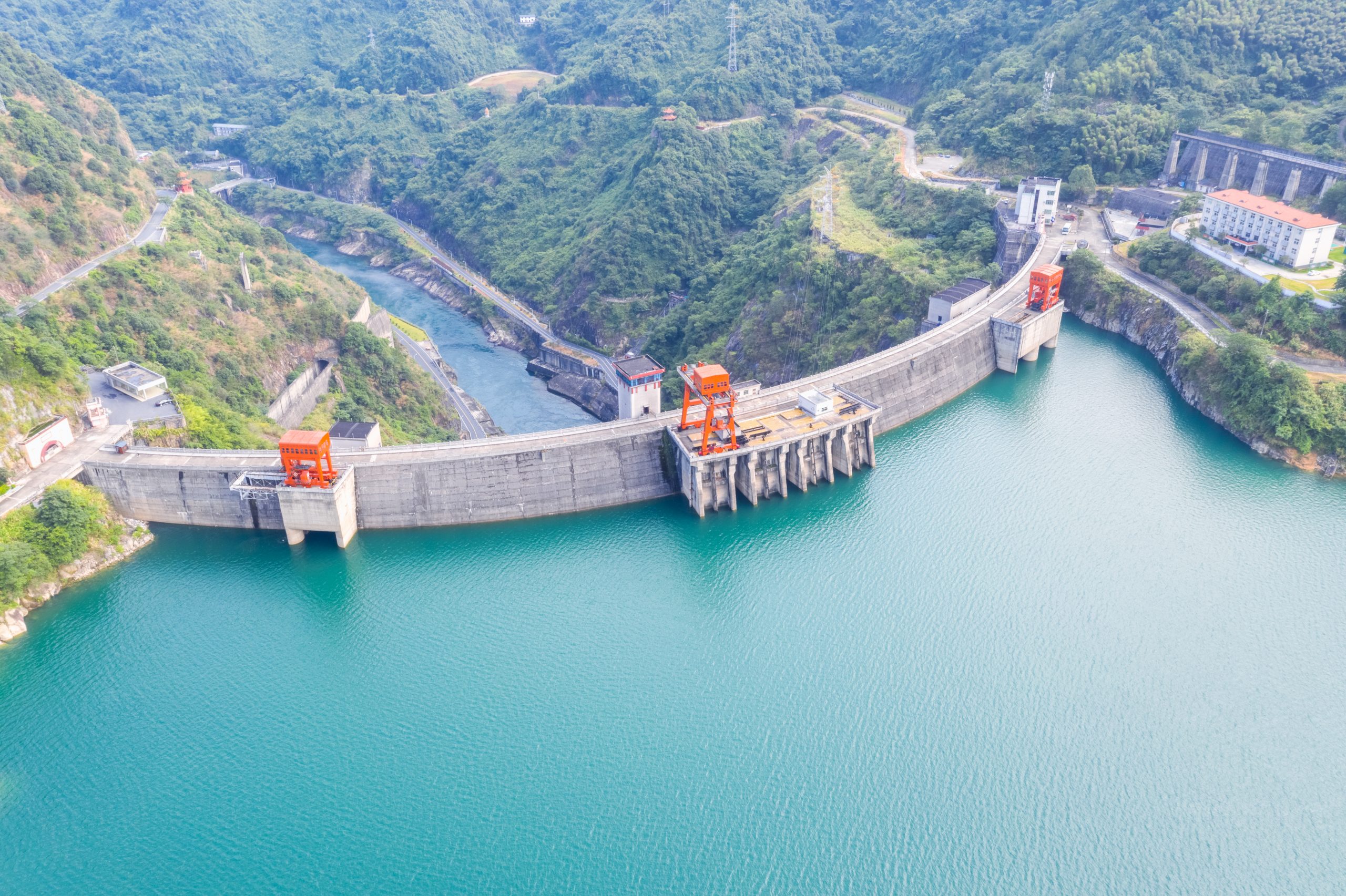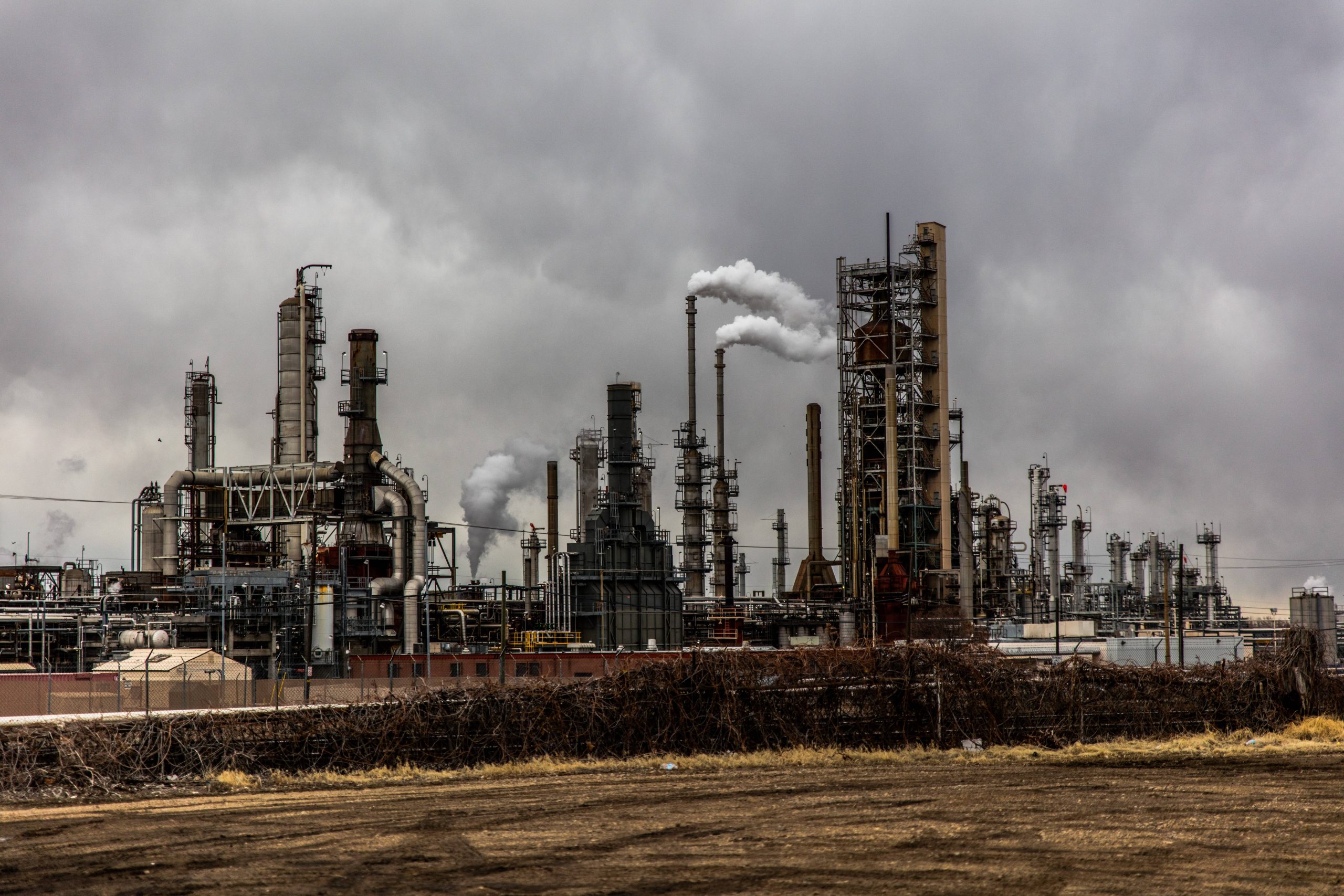To reduce the environmental impact of our industries, switching energy sources is necessary. In recent years, this agenda has gained considerable prominence along with the demand for ESG (Environmental – Social – Governance) operations.
The goal is to zero carbon emissions in the industrial sector by the year 2050 through the application of technology and especially the change of energy sources to renewable sources with a lower environmental impact.
The issue of decarbonization comes to the fore amid a period where technology and digital transformation have dramatically changed the way industries operate. The digitization movement allows these industries to understand their operation so that they can find improvement points more assertively.
Technology has been providing tools capable of providing operational awareness within an industrial facility. They favor real-time monitoring of industrial assets and are also responsible for optimizing asset integrity management.
The energy change in the industrial sector
The industrial sector is responsible for at least 37% of the world’s energy consumption with a large emission of CO2 into the atmosphere. Among the energies used in these operations, hydroelectric energy is one of the most used, as well as the burning-based sources.
Below we will show 02 examples of energy sources responsible for this huge impact.
Hydro-electric energy
Hydroelectric power is the most popular not only in the industrial sector but also in civil life. It is generated through hydroelectric plants that use the power of tributaries to generate electricity.
However, this kind of plant is responsible for numerous flooding around its facilities and also for changing the water regime. The impact of this is the creation of microclimates, harming the region’s fauna and flora.

One of the clearest examples of the impact generated is the Belo Monte Power Plant in Brazil, in which 500km² were flooded to build the lake and approximately 10,000 families had to be relocated.
Thermoelectric energy
This kind of plant needs burning to produce energy from heat. Despite being plants that can be installed close to their consumption centers, reducing the installation cost, they are responsible for the emission of tons of polluting gases that reduce air quality. There are several types of plants of this size, which use different types of material for combustion, including:
- Coal
- Natural gas
- Biomass
- Thermonuclear

Digital transformation the path to sustainability
The period of digital transformation is characterized by the constant adoption of technology in the midst of industrial processes and operations. The use of state-of-the-art technology favors greater control and monitoring of many aspects of an operation and can also be an escape valve for industries that need to make the energy transition in their plants. Technologies like Digital Twin, IIoT, IA are capable of generating total control over the many variables of an operation.

The digital transformation has generated impressive results and supported that, through technology, man is able to break his limits and perform actions that were previously unimaginable. With the advent of these technologies in the midst of industrial processes, the sector has in its hands the necessary tools to carry out its energy transition in search of a clean and sustainable operation.



